Rising Agricultural Demand
The Zinc Sulfate Market is experiencing a notable surge in demand due to the increasing need for agricultural productivity. As farmers seek to enhance crop yields and improve soil health, the application of zinc sulfate as a micronutrient becomes essential. Reports indicate that zinc deficiency in soil can lead to significant reductions in crop quality and quantity. Consequently, the market for zinc sulfate is projected to grow, with estimates suggesting a compound annual growth rate of around 5% over the next few years. This growth is driven by the rising awareness of the importance of micronutrients in agriculture, which is likely to bolster the Zinc Sulfate Market further.
Health and Nutritional Awareness
The Zinc Sulfate Market is also benefiting from a heightened awareness of health and nutrition among consumers. Zinc plays a crucial role in various bodily functions, including immune response and cellular metabolism. As dietary supplements gain popularity, the demand for zinc sulfate as a key ingredient in these products is expected to rise. Market data suggests that the dietary supplement sector is expanding, with a projected growth rate of approximately 7% annually. This trend indicates a growing consumer preference for products that support health, thereby driving the Zinc Sulfate Market as manufacturers seek to incorporate zinc sulfate into their formulations.
Industrial Applications Expansion
The Zinc Sulfate Market is witnessing an expansion in industrial applications, particularly in sectors such as textiles, rubber, and pharmaceuticals. Zinc sulfate is utilized in various industrial processes, including the production of rayon and as a curing agent in rubber manufacturing. The increasing demand for these products is likely to propel the market for zinc sulfate. Recent data indicates that the textile industry alone is expected to grow at a rate of 4% annually, which could significantly impact the Zinc Sulfate Market. As industries continue to explore the benefits of zinc sulfate, its applications are anticipated to broaden, further enhancing market growth.
Technological Advancements in Production
The Zinc Sulfate Market is poised for growth due to technological advancements in production methods. Innovations in manufacturing processes are enhancing the efficiency and cost-effectiveness of zinc sulfate production. These advancements may lead to higher purity levels and reduced production costs, making zinc sulfate more accessible to various industries. Market analysts suggest that the introduction of new technologies could potentially increase production capacity by up to 20% in the coming years. As production becomes more streamlined, the Zinc Sulfate Market is likely to experience a boost in supply, meeting the rising demand across multiple sectors.
Environmental Regulations and Sustainability
The Zinc Sulfate Market is influenced by the growing emphasis on environmental regulations and sustainable practices. As industries face stricter regulations regarding waste management and chemical usage, the demand for eco-friendly alternatives is rising. Zinc sulfate, being a relatively safe and effective compound, is increasingly favored in various applications, including agriculture and water treatment. The market is likely to benefit from this trend, as companies seek to comply with environmental standards while maintaining product efficacy. This shift towards sustainability may lead to an increase in the adoption of zinc sulfate, thereby positively impacting the Zinc Sulfate Market.
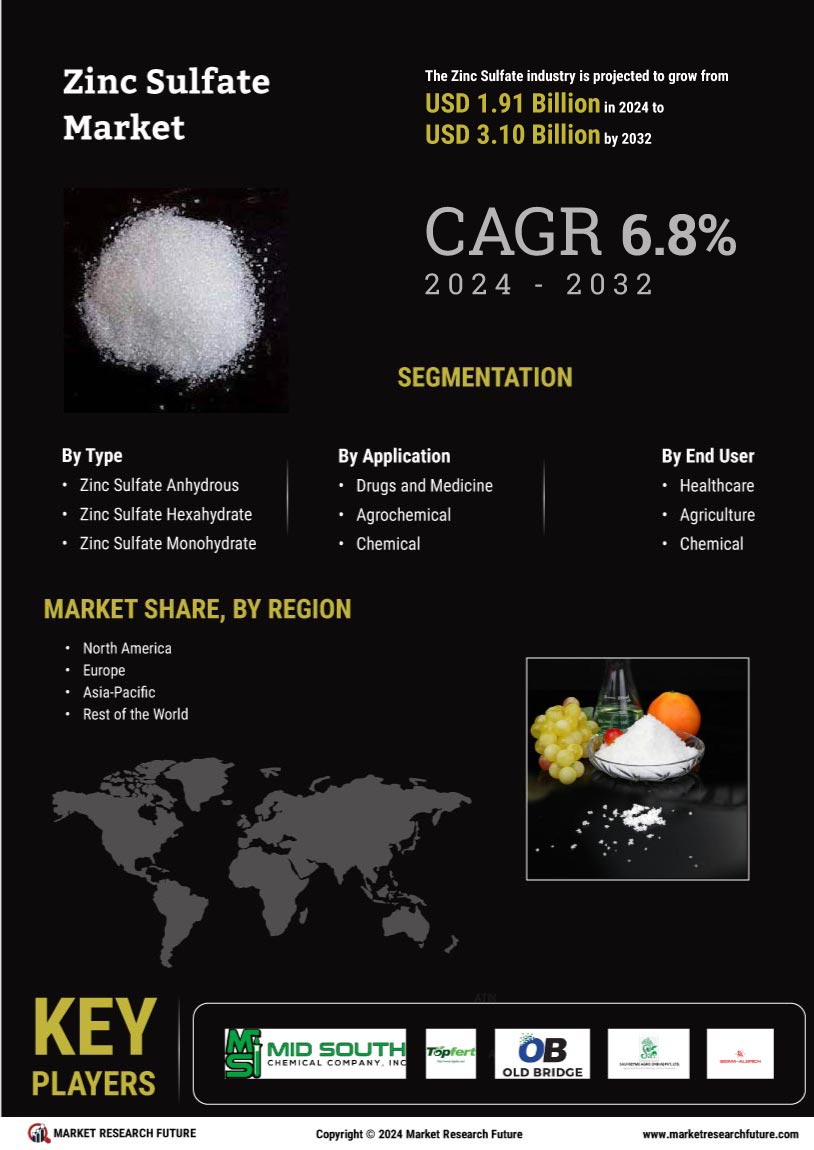

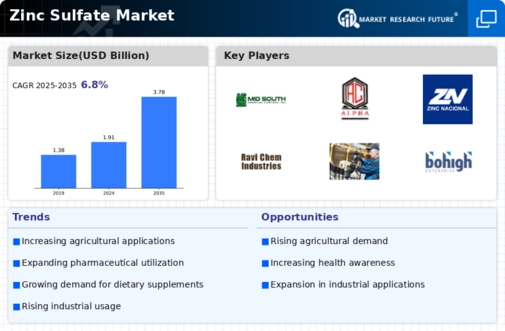
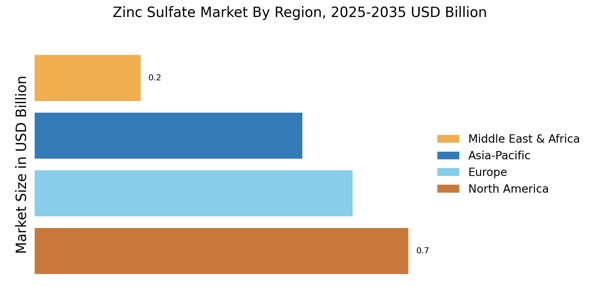
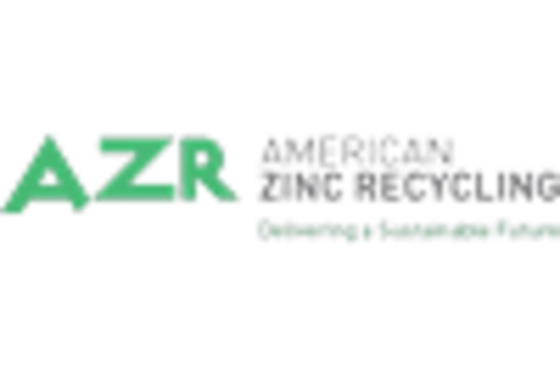

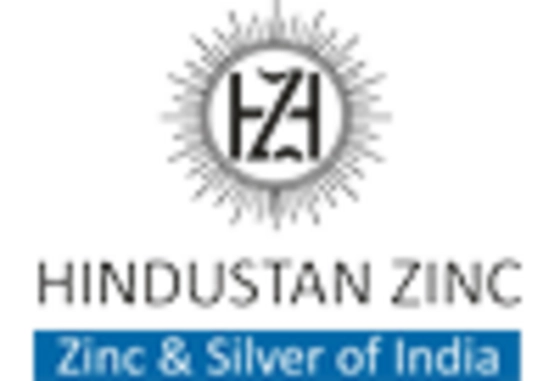
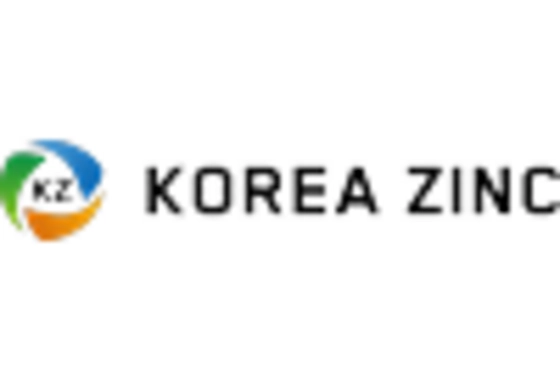

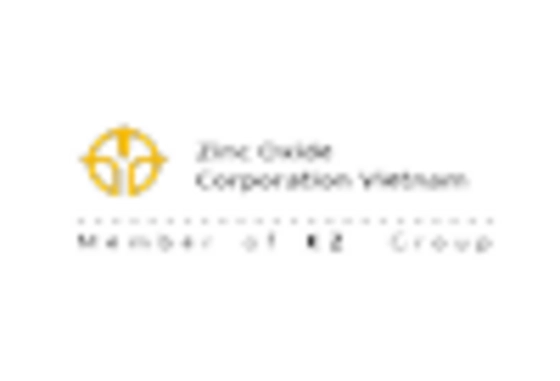








Leave a Comment